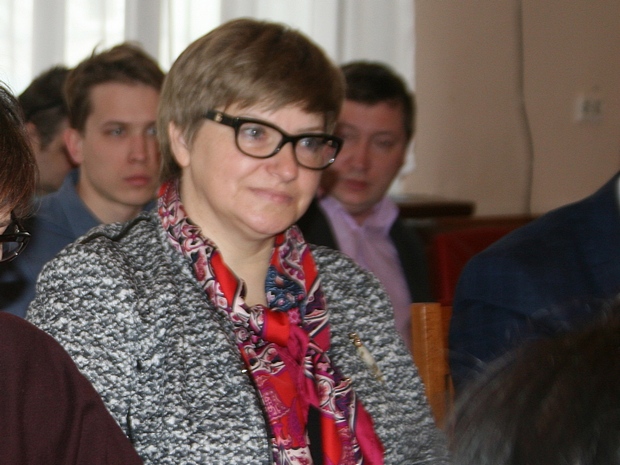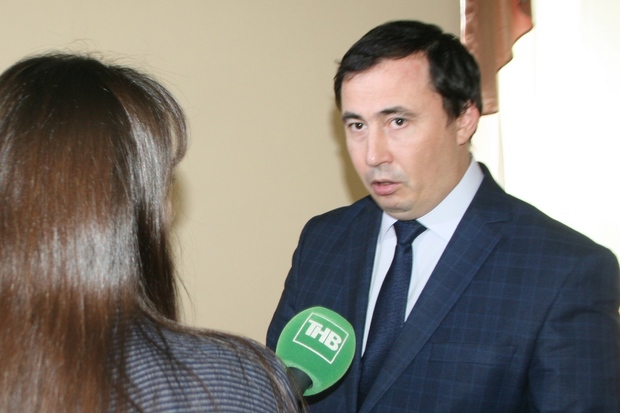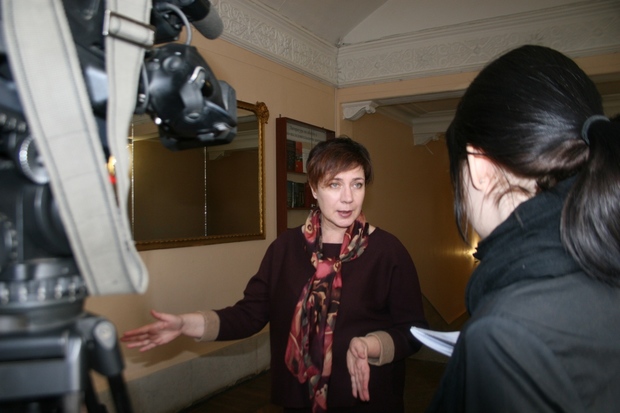Tatarstan oilmen find Bolgarian Troy instead of black gold
As a result of new points in legislation, the number of excavations and new previously unknown archaeological monuments have increased in Tatarstan
Turaevskoye, Kuteyominskoye, Ivashkinskoye settlements and Medvezhya Polyana (Bear meadow) — this is not a complete list of ancient settlements that were found in Tatarstan last year. The boom in archaeological surveys are determined by new regulations and active development of lands. However, researchers still have problems with the registration and protection of monuments. Read more in the article of Realnoe Vremya.
Why has the number of excavations increased?
The Ministry of Culture and archaeologists of the Volga region gathered at a Kazan seminar last year for the first time. It turned out that in Russia it is the only platform where representatives of government agencies and researchers can discuss the protection of monuments.
The main problems that were raised this time have been registration, protection and identification of new archaeological sites. Today in Russia the number of archaeological research has multiplied, and the Volga region, including Tatarstan, is no exception.
''A number of archaeologists, young archaeologists, is growing, more research are being conducted. We see quite significant growth in the number of permits for archaeological surveys — 570 in 2016. In fact, it is two times more than in 2010 (244). Now the Volga region on the background of the whole country looks pretty good, occupying about 6% of the territory, holds 21% of the studies,'' said the Deputy Director of the Institute of Archaeology of RAS Asya Engovatova.
Experts attribute this to the active development of previously undeveloped lands, as well as with new legal introductions. Since 2014, the law prescribes on a mandatory basis to carry out archaeological studies of areas that are subject to economic development if had they not been developed and the government agencies have no data whether there are archaeology monuments on these sites.

Asya Engovatova: ''A number of archaeologists, young archaeologists, is growing, more research are being conducted. We see quite significant growth in the number of permits for archaeological surveys — 570 in 2016. In fact, it is 2 times more than in 2010.''
They were looking for oil but found the ancient village of Bolgar
Thanks to this work, in Tatarstan they began to find new archaeological sites, previously unknown. Moreover, in such areas that had not been successful in part of the archaeological finds. It is Almetyevsk, Aznakaevo, Chistopol and Cheremshan municipalities.
Neither protection authorities nor the archaeologists did not know about these objects. Several monuments have been found even in oil wells, where deposits have already been developed. It would seem that an oil well is already there, the site had been developed. Nevertheless, in the course of extension at the preliminary work they discovered archaeological monuments,'' said Deputy Minister of Culture of Tatarstan Svetlana Persova.
We are talking about Kuteminskoye (Bear meadow) and Ivashkinskoye settlements in Cheremshansky district. Both settlements are located close to each other, they occupy large territories. The oilers decided to expand the field but they found not black gold but artifacts of the Bolgarian culture. Experts believe that both complexes existed simultaneously and they were a single complex of ancient settlements.
Among other previously unknown archaeological objects, they separately mention Turaevskoye settlement in Mendeleyevsk region. This monument belongs to the so-called Ananyino-Pyanobork culture and dated to the fourth century BC. Its area also is quite large — about 145.000 sq. m., which makes it stand out against the background of the monuments of this period.
But the oldest discovered archaeological monument in 2016 was Maltsevkaya IV Stoyanka in the Yelabuga district. The settlement is dated to the Eneolithic age and the late Bronze Age, III — beginning of II millennium BC.
Now experts are discussing the issues of accounting of these discovered monuments and those areas that have already been archaeologically studied. All the data are to be collected in a single database so that the procedure of land development was transparent for developers.

Airat Sitdikov: ''Today in Tatarstan there are more than 300 monuments on the account, but there are about 5.000 new ones, i.e. less than 10% of the archaeological objects are on the public record''
Only 1/10 of all the monuments are on the account today
Archaeologists are trying to establish cooperation with government agencies for the protection of monuments, to bring all monuments in accordance with the requirements of the law.
''This contact, which occurs today in Kazan, — it is extremely difficult to organize. There should be an exchange of views, of experience and problems that can be dealt jointly. Not only specialists from around the Volga region but also from Moscow, who will also present their experience and possible solutions to situations that we have in the current work, have gathered today,'' says the director of the Institute of Archaeology named after Khalikov of the Tatarstan Academy of Sciences Airat Sitdikov.
One of the main tasks of researchers is to put archaeological sites on the public record. Many of these sites require certain conditions to register for protection. Procedures in different regions are different. It is required to develop a single procedure. It is impossible to provide protection without the registration of the object of archaeology.
''Today in Tatarstan there are more than 300 monuments on the account, but there are about 5.000 new ones, i.e. less than 10% of the archaeological objects are on public record. For other regions, this problem is also relevant,'' cited an example Airat Sitdikov.
According to the head of the Institute, known monuments, such as Bolgar, Sviyazhsk, Bilyarsk, Suvar, have already been provided with accounting and protection. Unrecorded remains only the obscure objects of archaeology, for example, Kuznechikhinsky complex and several others.
Another theme of the meeting has been the problem of the quality of archaeological research. On the market, there are many non-state companies that specialise in these services. However, there are many complaints about their work.

Svetlana Persova: ''In Kazan there have been found areas of the distribution of archaeological cultural layer''
New sights of Kazan
The capital of Tatarstan seems has long been the length and breadth surveyed by archaeologists. However, the researchers here still find a job.
''In Kazan, there have been found areas of the distribution of archaeological cultural layer. These sites have been put under protection as a special form of monuments or place of interest. All excavation work conducted in this area are necessarily accompanied by archaeological observations or excavations,'' said Svetlana Persova.